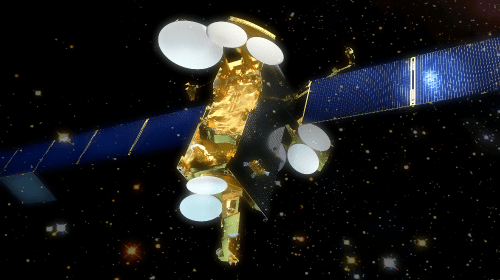May 13, 2015
There are four radio frequency bands that communication and military satellites operate within:
C-band – uplink 5.925-6.425 GHz; downlink 3.7-4.2 GHz
The C band is primarily used for voice and data communications as well as backhauling. Because of its weaker power it requires a larger antenna, usually above 1.8m (6ft). However, due to the lower frequency range, it performs better under adverse weather conditions on the ground.
X-band– uplink 7.9- 8.4 GHz, downlink 7.25 – 7.75 GHz
The X band is used mainly for military communications and Wideband Global SATCOM(WGS) systems. With relatively few satellites in orbit in this band, there is a wider separation between adjacent satellites, making it ideal for Comms-on-the Move (COTM) applications. This band is less susceptible to rain fade than the Ku Band due to the lower frequency range, resulting in a higher performance level under adverse weather conditions.
Ku-band – uplink 14 GHz; downlink 10.9-12.75 GHz
Ku band is used typically for consumer direct-to-home access, distance learning applications, retail and enterprise connectivity. The antenna sizes, ranging from 0.9m -1.2m (~3ft), are much smaller than C band because the higher frequency means that higher gain can be achieved with small antenna sizes than C-band. Networks in this band are more susceptible to rain fade, especially in tropical areas.





